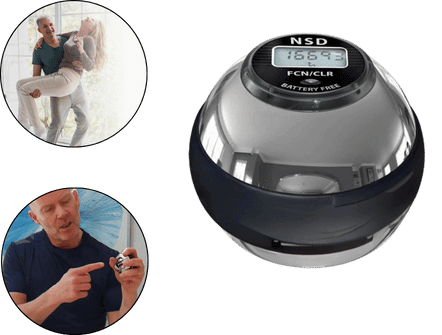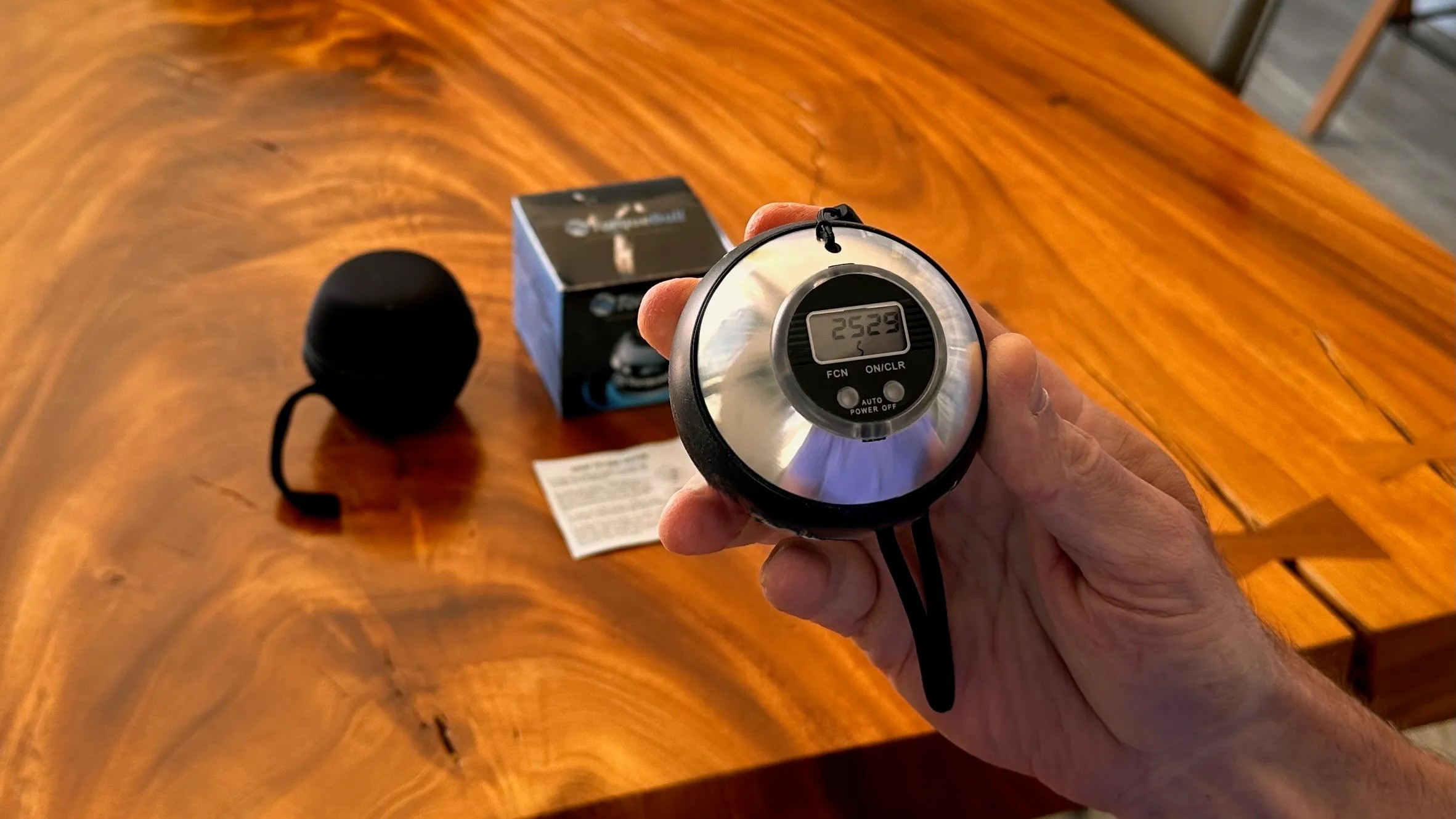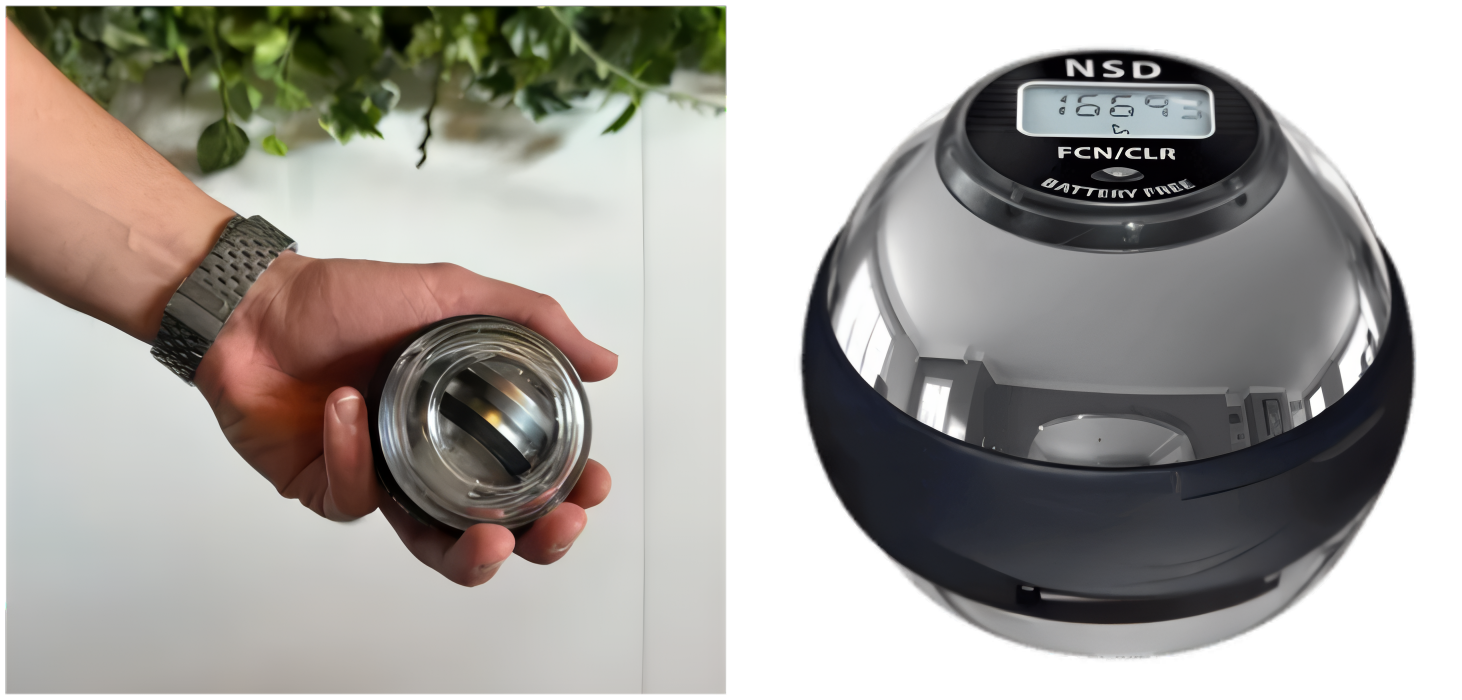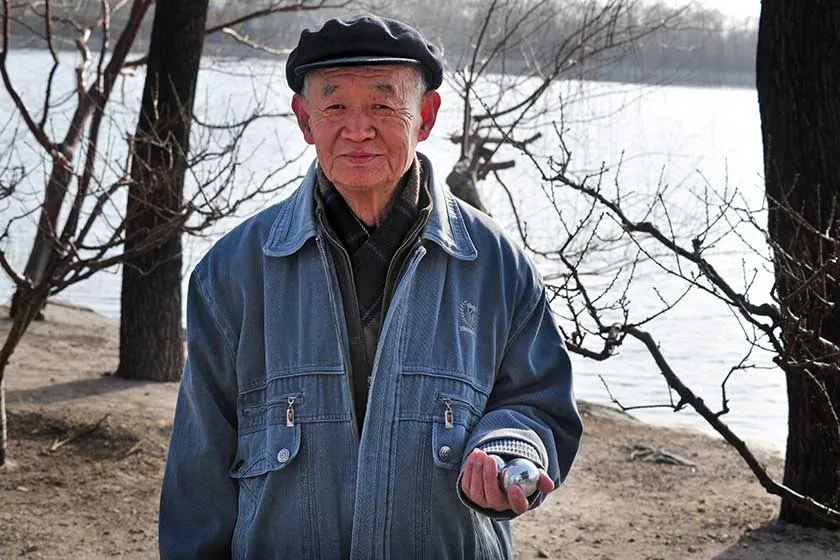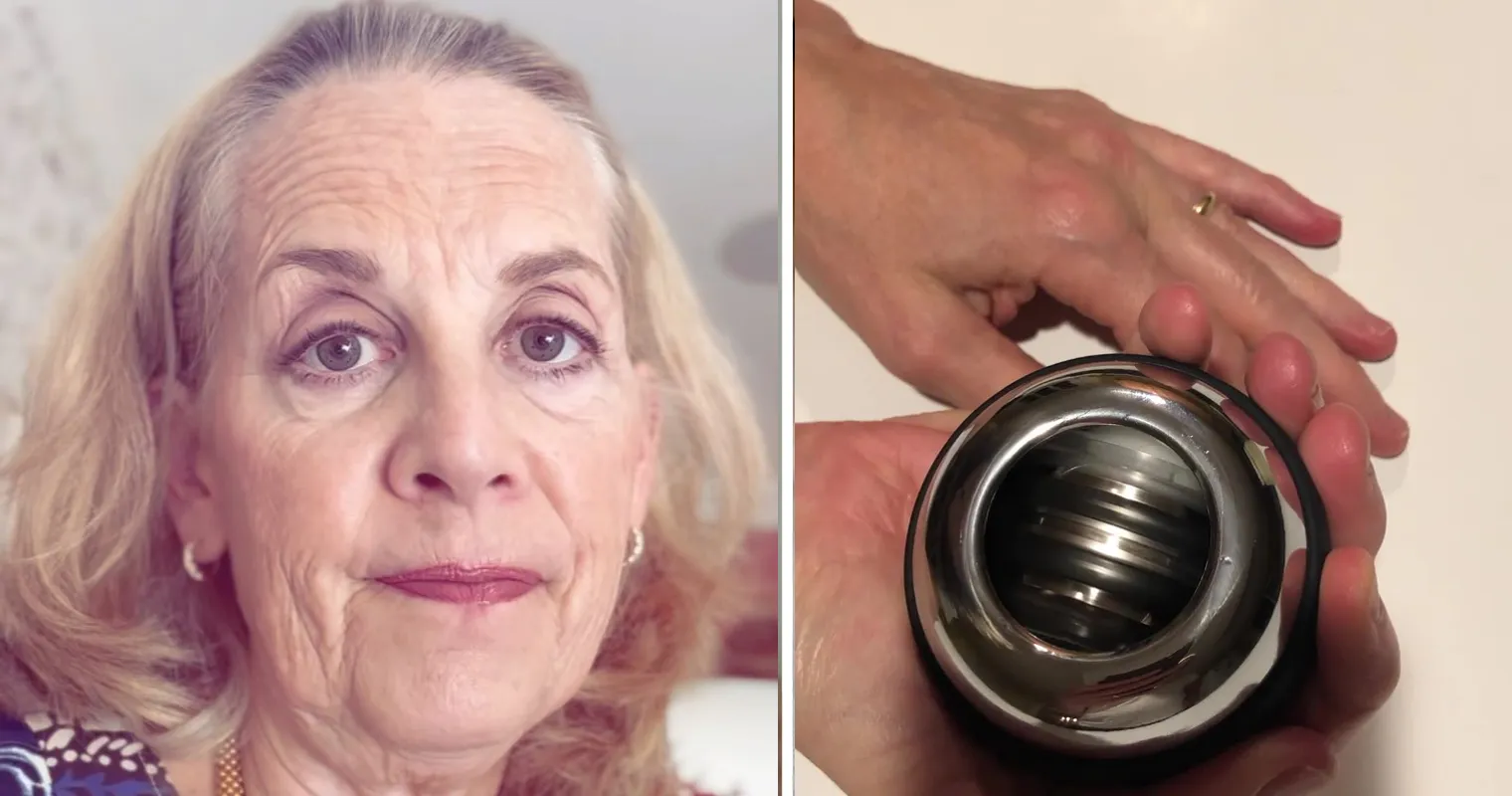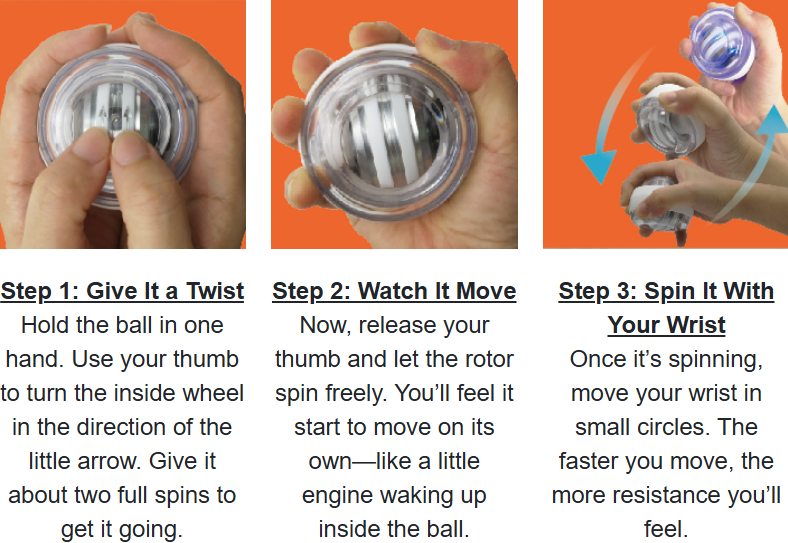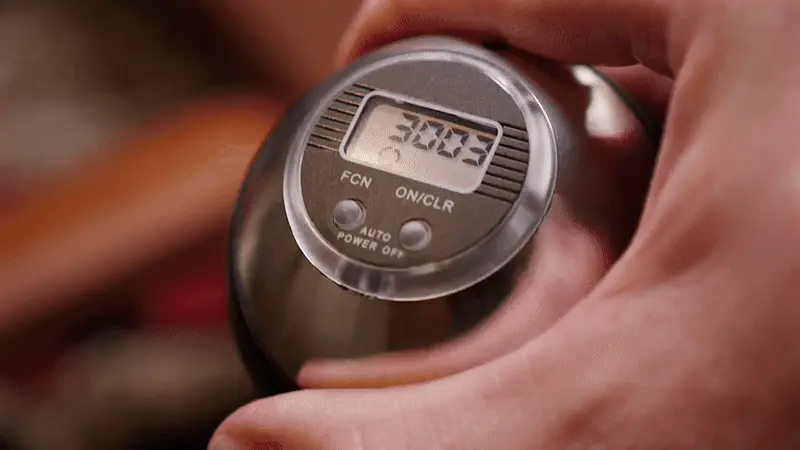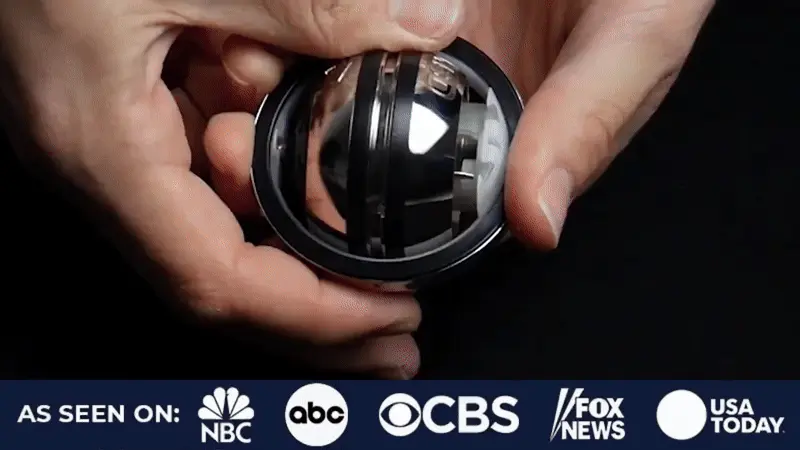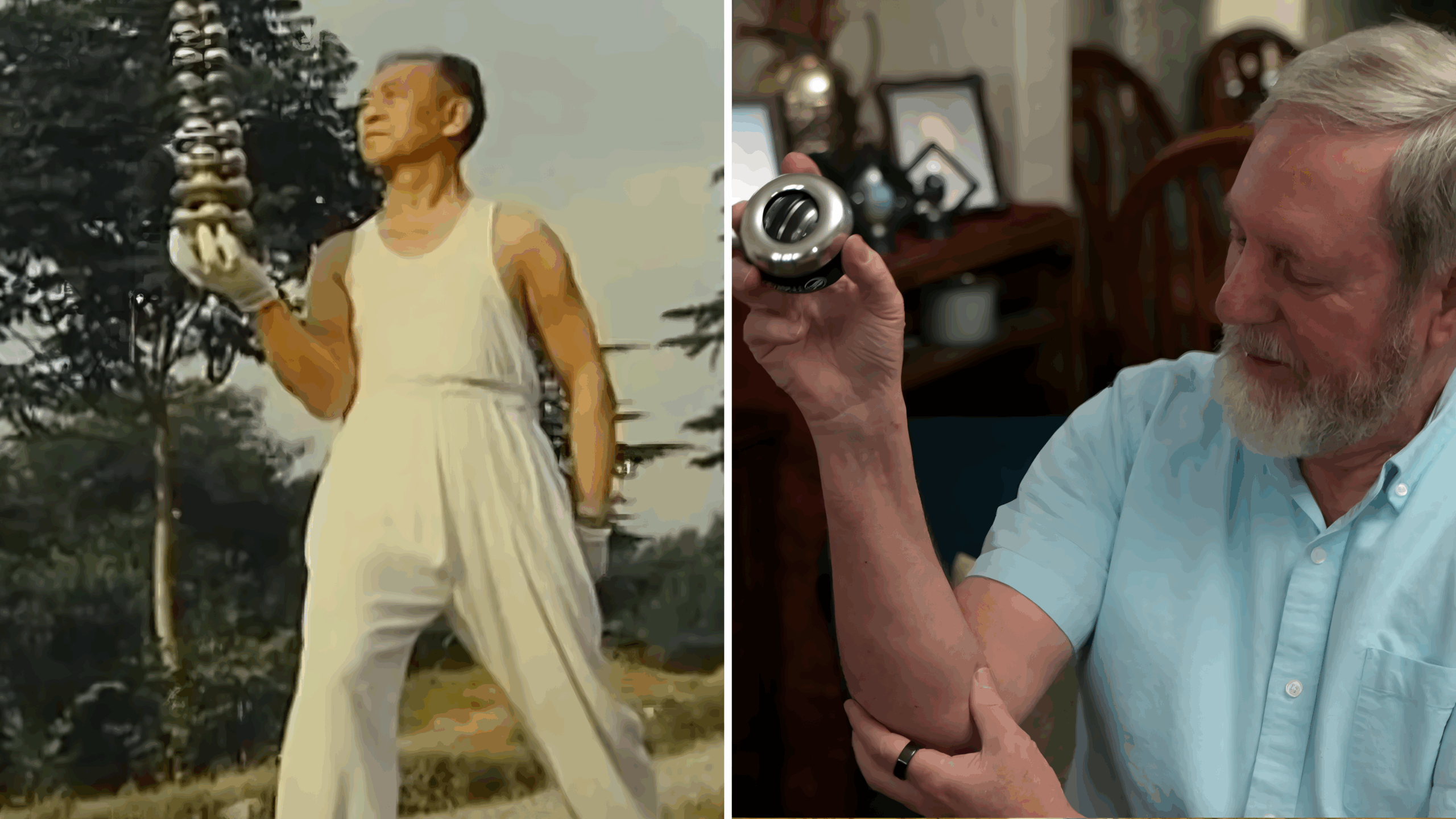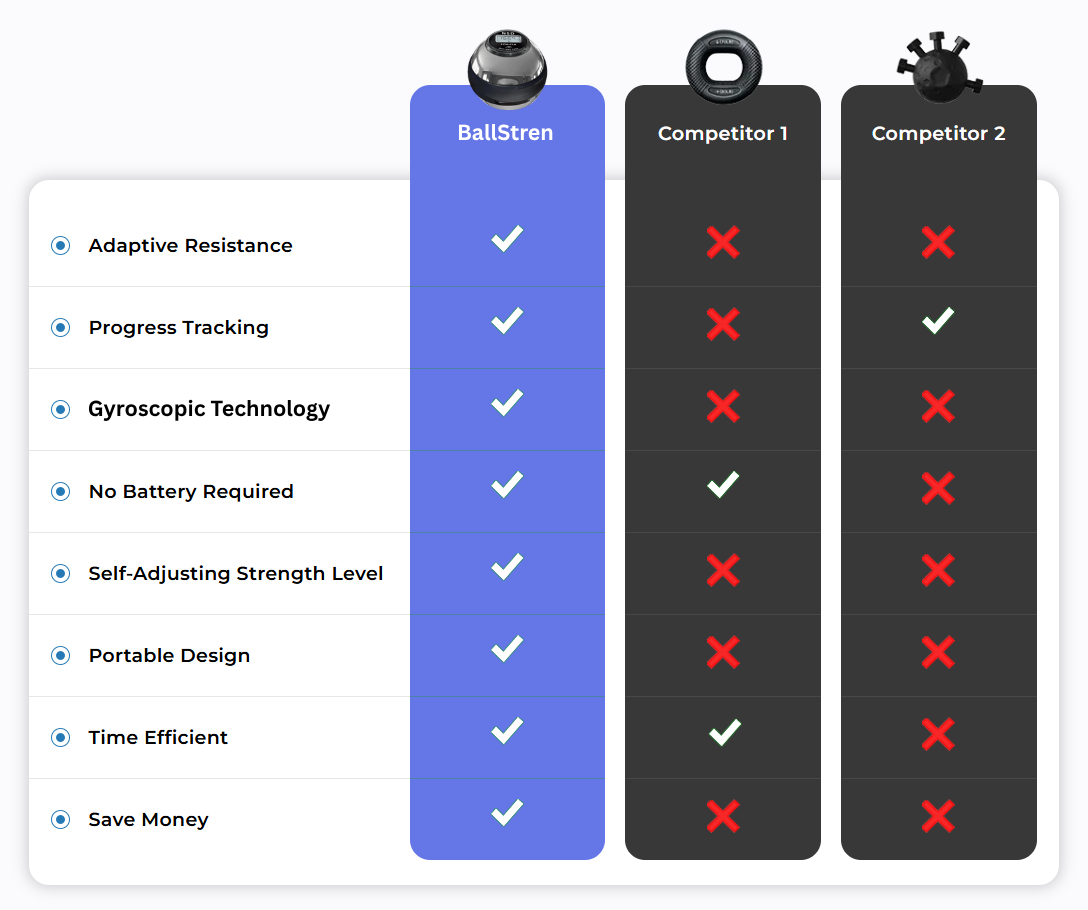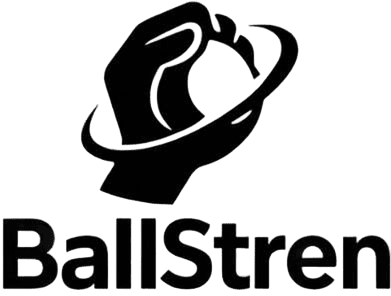
Why I Left Medicine to Share the Hand Strength Secret That’s Giving Thousands Their Lives Back
My Dad's Decline Came As a Shock to Me
I never imagined the day would come when my father looked me in the eye and said:
“Rach, I think it’s time we talk about assisted living.”
That one sentence hit me harder than any diagnosis I’d ever delivered in my 15 years as a physician.
He wasn’t sick. He wasn’t injured.
He just couldn’t trust his hands anymore.
The man who once taught me how to change a tire…
…who carved every cabinet in our family home by hand.
He couldn’t open a water bottle or button his own shirt.
As a doctor, I knew exactly what was happening.
When grip strength fades, independence is never far behind.
I Wasn’t Ready to Lose Him to a Facility
I’d seen it happen in my practice. Over and over:
- First come the hand tremors.
- Then the dropped dishes.
- Then the walker.
- Then the fall.
- Then assisted living.
But I couldn’t accept that for my dad. Not yet. Not when his mind was sharp and his heart was strong.
So I did what doctors do when there are no good options…
I went searching.
The Breakthrough Came from Japan
While digging through international research on aging, one statistic shocked me:
Japanese seniors remain independent nearly 10 years longer than Westerners.
I booked a flight to Tokyo.
I expected to find answers in hospitals. Clinics. Dieticians.
But instead, I found Aonishki.
He was 94 years old, living alone in a fourth-floor walkup. No elevator. No assistance. Preparing his own meals. Teaching children calligraphy twice a week.
When I met him, he was sitting in a park calmly rotating two metal balls in his hand.
“They are called Baoding balls,” he said. “I use them every day.”
When I asked why, he smiled:
“Strong hands, strong life.”
What if That Was the Missing Link?
The more I observed, the more obvious it became.
Japanese elders maintain independence not just because of what they eat… but because they keep their hands strong.
I returned home with a mission:
Could we combine this ancient Japanese technique with modern science to help my father—and others—postpone the assisted living conversation?
By creating omnidirectional resistance — which activates every muscle and nerve fiber in your hands, not just one or two.
Think of it like resistance training for your hands, only smarter!
Most hand therapy tools are repetitive and boring.
BallStren adapts. Reacts. Challenges your grip from every angle.
It even stimulates nerve receptors to retrain the brain-hand connection that weakens with age.
My Father’s Turnaround Shocked Me
The first time he tried BallStren, he scoffed.
“This little thing is supposed to save my hands?”
He could barely hold onto it for 30 seconds.
But I asked him to give it three weeks. Five minutes a day.
By week one, something shifted.
He called me with a grin in his voice:
“I made coffee without spilling a drop.”
Week two: He buttoned his shirt.
Week three: He opened a stubborn jar lid.
Week four: He returned to his woodshop.
Last month, he built a new raised planter box for my mom’s garden.
He’s still living in the same house. Still doing things for himself.
And that conversation about assisted living? We haven’t revisited it once!
Why This Works When Nothing Else Does
Grip strength isn’t just about muscle.
It’s about neuromuscular feedback — the connection between your brain and your hands.
BallStren does more than strengthen fingers.
It restores confidence.
The unique textured surface activates thousands of sensory nerves in the hand. All while the internal gyroscope creates dynamic resistance, teaching your brain to send clearer, faster signals again.
It’s not magic.
It’s Japanese wisdom meeting medical-grade innovation.
So I Started Giving it to My Patients
And here is what they said:
— Eric S.: “I was starting to pull back from everything. I didn’t want to go out, didn’t want to cook, didn’t want to risk dropping something in front of my kids. You said, ‘Let’s just try this.’ And now… I can carry the groceries again. I can trust my hands. I can’t explain what that’s done for me.”
— Vanessa L.: “Dr. White, I honestly didn’t think anything could help at this point. I felt embarrassed—I couldn’t even button my own blouse. You probably don’t remember, but I called you crying the day I finally did. It wasn’t just about the blouse. It was about feeling like me again. Thank you for giving me that back.”
— Jake P.: “I didn’t tell anyone how helpless I felt—not even my daughter. I hated needing her to open every jar or lid. Then you gave me that little device. I thought, ‘What’s this going to do?’ But it worked. A few weeks later, I opened a jar by myself. I just stood there holding it, smiling like a fool. It felt so good.”
It was clear that it did the job! So, from that moment on, I decided this thing should be on the market! For anyone who needs it! For anyone who could benefit!
Why Other Hand Strength Tools Just Don’t Cut It
Most hand exercisers on the market—grip rings, rubber balls, finger bands—only target a few muscles. And they ignore what really matters: the connection between your brain and your hands.
They’re either too basic, too cheap, or too focused on one motion. BallStren is different. It uses gyroscopic resistance to engage your entire hand, stimulate nerve pathways, and rebuild real-world strength in just 5 minutes a day.
That’s what makes the difference between a gimmick—and real independence.
Independence Shouldn't Come With a $4,000/Month Price Tag
Assisted living costs thousands per month.
Physical therapy is expensive and slow.
Surgery? Risky and often avoidable.
That’s why we’re doing this differently.
BallStren is now available at 50% off! And you can save even more if you order more than one!
No subscription. No pressure. No gimmicks.
And you also get:
✅ Free shipping
✅ 30-day money-back guarantee
✅ 24/7 support from real people
Because getting your hands—and your freedom—back shouldn’t be complicated.
Before You Talk About Assisted Living, Try BallStren
I didn’t leave medicine for money. I left because I saw too many families forced into the same heartbreaking conversation:
“Mom can’t live alone anymore.”
“Dad’s hands aren’t steady enough.”
“Maybe it’s time for a facility.”
If BallStren can help delay that moment for even one family… then it’s worth it.
For mine, it already has.
Strong hands = strong life.
That’s the Japanese secret. And it might just be your family’s saving grace.
